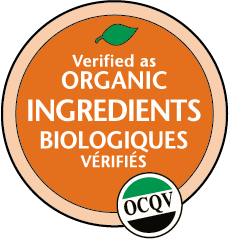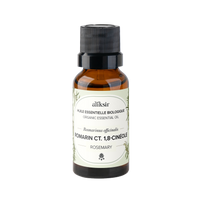
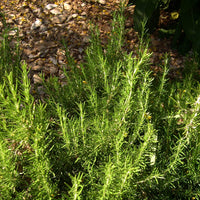
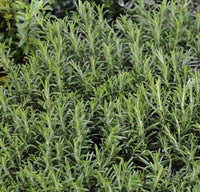
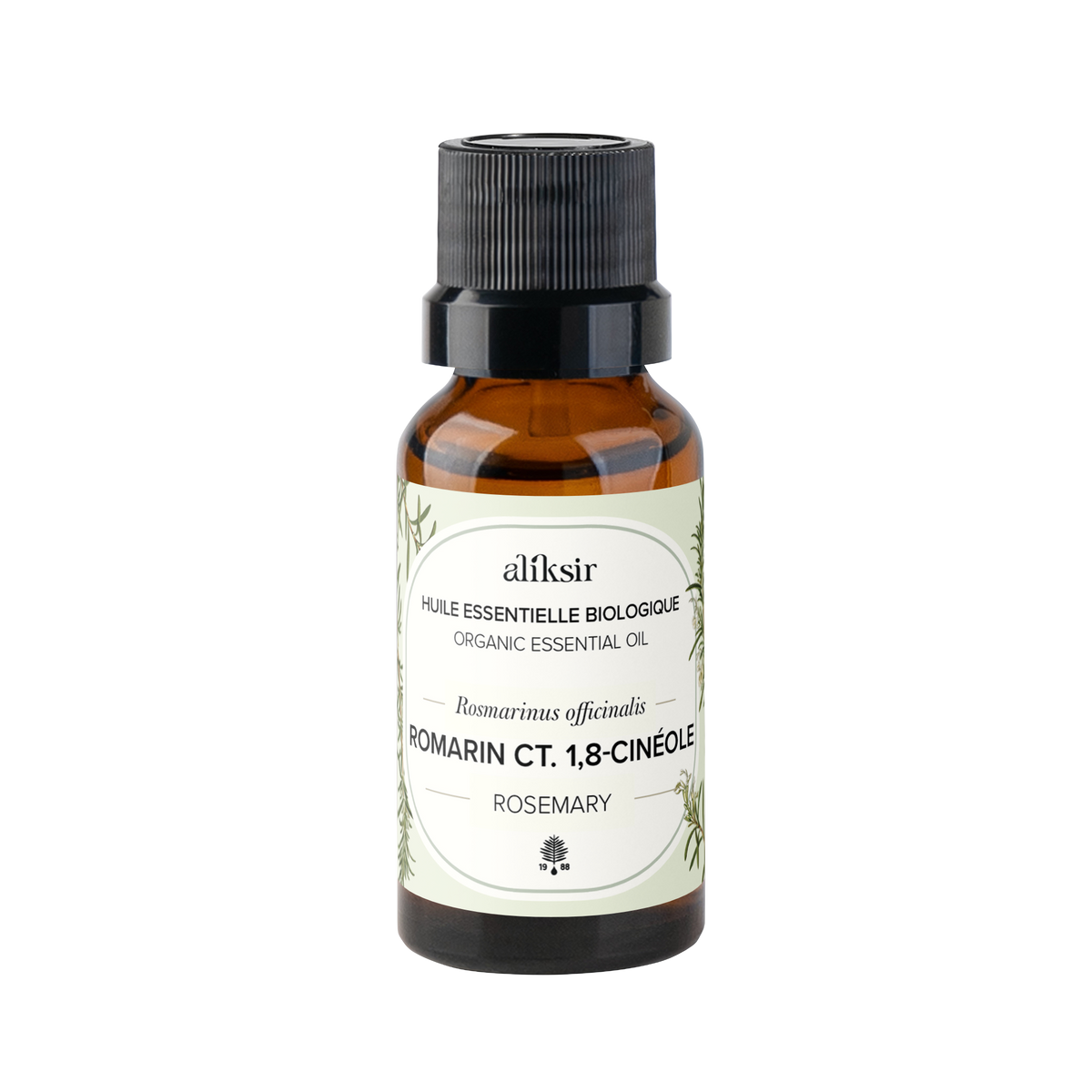

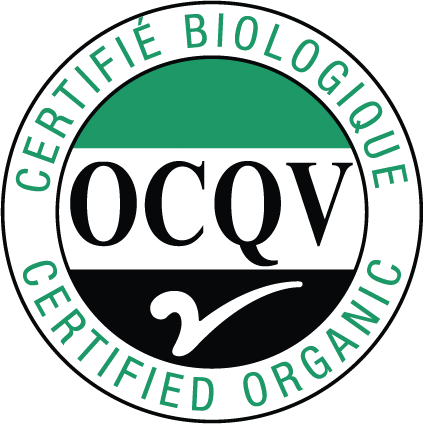
- Home
- Rosemary ct. 1,8-Cineole (Rosmarinus officinalis) - Organic Essential Oil
Rosemary ct. 1,8-Cineole (Rosmarinus officinalis) - Organic Essential Oil
Couldn't load pickup availability
| Latin name: Rosmarinus officinalis |
| French name: Romarin |
| English name: Rosemary |
| Family: Lamiaceae |
| Country of origin: France, Morocco, Spain, Tunisia, Malawi |
|
History and origin: Rosemary, a shrub of the Lamiaceae family, is native to the Mediterranean region. Its stem, which can reach two meters, is covered with grayish bark and divides into opposite branches. Its leaves, long and slightly rolled at the edges, are accompanied by blue flowers in spikes that bloom from January to May. The name "rosemary" comes from the Latin ros marinus , meaning "sea dew." Rosemary has been used since ancient times for its many benefits, whether in cooking, to scent the air, or in various wellness practices. In ancient Greece, it was commonly burned in sanctuaries, and in the Middle Ages, it was prized for its beneficial effects on respiratory comfort, circulation, and overall well-being. It was also popularly used in skin and hair care. |
Data sheet
Uses
Chromatography
FAQ
Filter by category


